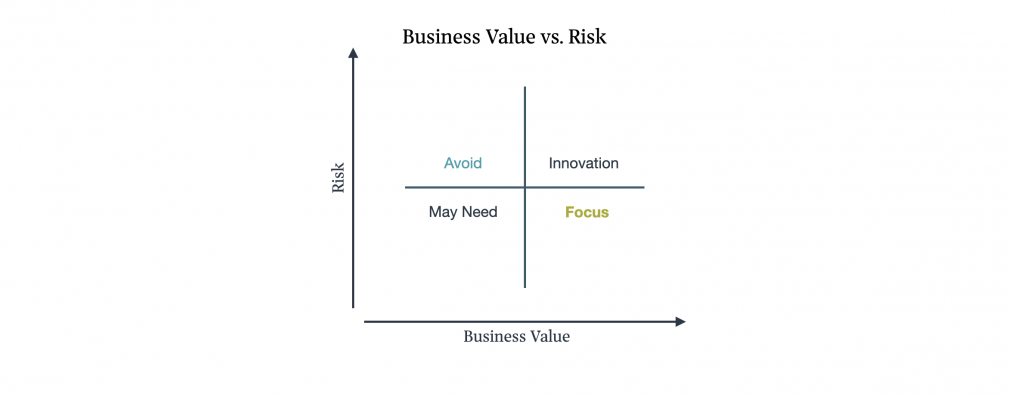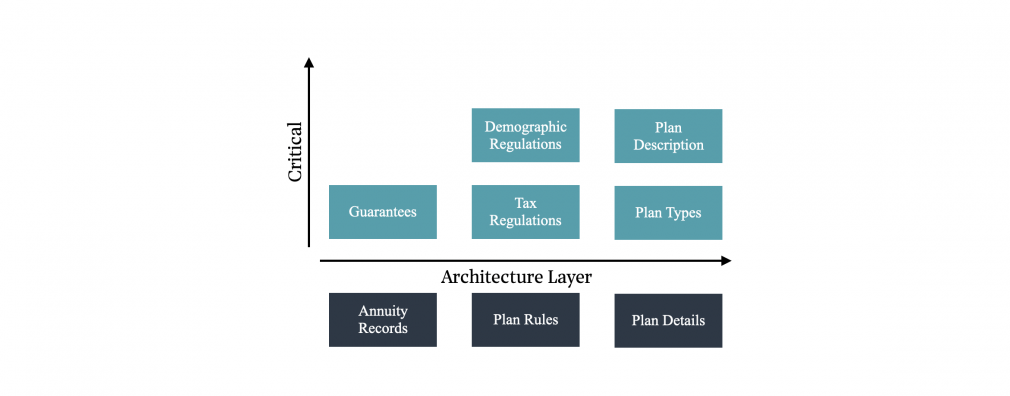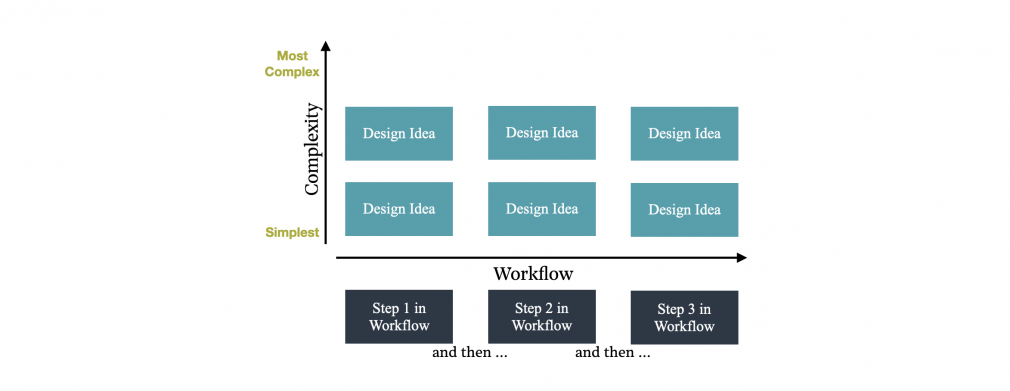By directly addressing the complexities of wing design, the Wright brothers managed to pioneer heavier than air flight in just three years. What could your organization accomplish if you knocked down your bottlenecks?
Let’s talk about how businesses can use the concept of the minimum viable product (MVP) to overcome constraints that slow down production or even prevent products from going to market. To do this, we’re first going to illustrate how two of the most brilliant innovators in history, Wilbur and Orville Wright, used this method.
The development of the first aircraft represents a perfect demonstration of how businesses can use the MVP concept to overcome constraints incrementally. The Wright brothers created a series of incremental prototypes, each as barebones as possible, starting with a simple box kite and ending with a functional airplane.
By using the same principles, your business can overcome nearly any obstacle.
Although your enterprise may seem far removed from the year 1903, we can distill what we've learned from our history lesson into a few timeless precepts:
Fitting these precepts to a more complex organization may involve some additional originality, so we've created a few tools to help you through the process.
So, how do you choose an MVP to focus on?

Here's one way to do it: First, identify a few core goals related to your business - increase conversions, reduce time to market, improve compliance, etc. Then place your goals on the matrix above. The business value axis is time-boxed - it tells us the most urgent thing to finish right now. Meanwhile, the risk axis isn't the risk of failure necessarily, but rather the risk that turning your attention to this task will require effort, money, and man-hours that swamp the other goals.
Next, establish a reference goal. This goal attains a moderate amount of value with a reasonable amount of risk - it gets placed right in the middle of the chart. If you're the Wright brothers, that reference goal might be "find a way to steer the airplane." If you're an enterprise, your reference goal might be to increase conversions.
Calculate the other goals with respect to the reference goal - your aim is ultimately to tackle the low-risk, high-value goals first. If you're an enterprise, you might place "reducing time to market" in a spot that's higher value and lower risk than your reference goal, so you'd pursue that one first. Avoid tasks with low business value and increased risk for the moment, but be sure to evaluate tasks with low value and low risk because they might be essential precursors for larger goals.
Returning to the history lesson, the Wright brothers identified "design an effective wing" as the highest value task with the lowest risk. Wings have enormous business value if you're designing an airplane. Still, contemporary experimenters already had successful designs of their own, which meant that creating a wing design wasn't likely to swamp them with technical concerns. Forming a wing was their first MVP.

Now that we've shown you how to choose an MVP to focus on, let's look at a few different ways to arrive at an MVP, this time by identifying constraints on your processes.
For the Wright brothers, creating a wing design turned out to be relatively easy (at least in relation to their other hurdles.) How did they—and how should you—choose their next obstacle to tackle?
Here we're going to look at how to identify constraints. These are the bottlenecks in your systems that prevent your organization from operating at scale or realizing other investments' benefits.
One way of identifying constraints is to look at your system in architectural layers, as seen below. By returning to our aircraft metaphor, the architecture layer might contain three components—wings, a rudder, and propulsion. Each architectural element has several features, ranked in order of criticality. For example, a critical feature of the wings might include their control surfaces. A less essential feature might be their spruce and fabric construction. Therefore, the control surfaces get more attention.
See the chart below for a more down-to-earth example. For this project, the demographic regulations and plan descriptions are more critical than tax regulations and plan types. Therefore, these represent identifiable bottlenecks and should receive more attention.

Once identified, the bottleneck can be addressed while developing an MVP. Again, plan to work quickly, measure the result, and move on to the next constraint.
Using a similar process, you can perform workflow analytics to break down bottlenecks within your operations, whether design or manufacturing. Break each workflow down into discrete tasks, and rank each task by complexity.

As before, the most complex tasks within a design or manufacturing workflow are the most apt candidates for attention. The more complex a task becomes, the more it bogs down the rest of a process. These turn into excellent candidates for an MVP.
At Harmonics Way, we like to draw on examples of innovation and management concepts from every industry and across history to illustrate how enterprises can excel. By embodying some of the concepts shown above, the Wright brothers managed to pioneer heavier than air flight in just three years. What could your organization accomplish if you knocked down your bottlenecks? One of our partners can help you understand how to streamline your organizational processes, feel free to reach out to us today.